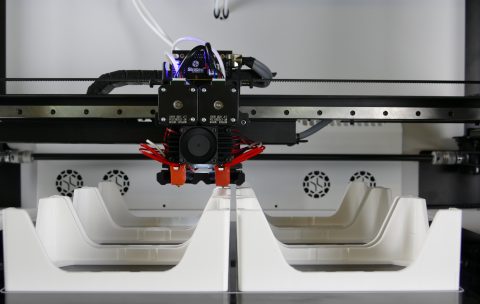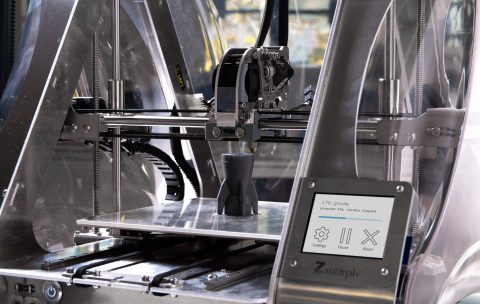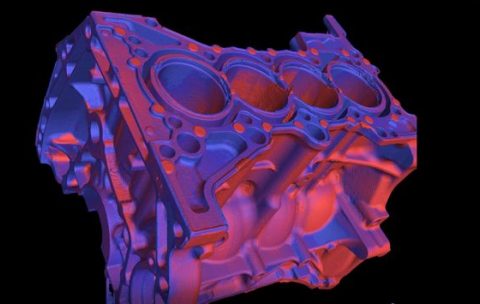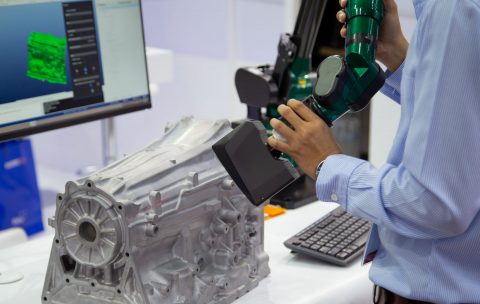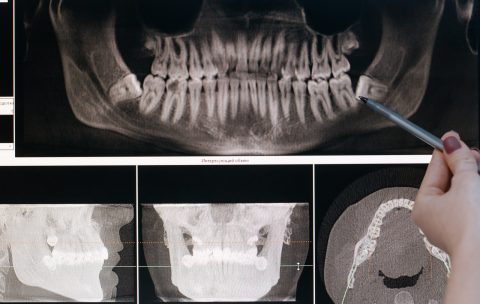Massive advances in the aerospace and manufacturing sectors have been realized in recent years. One of the technologies behind these advances is Automated Computed Tomography systems – otherwise known as Automated CT.
But what are some of the challenges facing operators of these systems?
While existing systems are powerful, intricacies in the inline production and analysis process present ongoing challenges for technicians.
One such challenge is personnel.
These complex instruments require operation by highly trained professionals in order to be used safely and effectively – but also to ensure data integrity within connected ERP platforms.
Inline CT – Speed-Based Challenges
Using 3D CT scanning as a Non-Destructive Testing (NDT) methodology at the speed of production is a delicate combination.
Scanning captures very detailed and specific material geometries. The collection of such data needs to occur in real-time – and at the same rate as machine parts are being processed.
A break or time lag within the software means halting the production line altogether – and all the costs that comes with!
At present, the concept is still at its early stages and advancements are being made to further boost speed efficiencies and make the technology a commercial reality. The concept may seem far off, but just five years ago, x-ray detectors would have taken several hours to create 3D images let alone run deep scan analyses on particular machine parts.
The industry has already realized several solutions using 2D methods in the 3D space, and with newer computing processing efficiencies, it is only a matter of time for this concept to become reality.
Overwhelming Data Analytics
CT is currently used for research and development of machine parts. Typically, we see technicians using traditional CT methods (2D) for the initial inspection and 3D to acquire more detail where required. The reason behind this is that 3D CT allows greater accuracy, but produces larger data objects than they are able to process at speed.
Additional data such as component-based anomalies and variances are now being visualized to depict the internal structure of machine parts. This allows operators to get an idea of how the particular component will perform and result in huge cost savings.
However, reporting further defects creates another issue: determining what the acceptance criteria should be. With greater accuracy comes ever-smaller deformities being revealed.
This can be challenging for consumers to define, especially when 3D precision scanning can further display what is known as ‘porosity’ (effects of gas/shrinkage) resulting in an overload of information.
Completing the inspection process with 3D CT as the final step is becoming a more common trend, which indicates that the industry’s consumers are becoming more ready to step into the full 3D automation space.
Conclusion
The industry as it stands is becoming increasingly focused on standardizing the 3D CT automation space. The goal is to minimize speed based challenges and enable more examinations of parts in ‘real time’.
While computing power is advancing exponentially in its ability to aggregate complex sets of data for this analysis, the roadmap to optimized inline 3D scanning is still a long one.
Share to:
New Paradigm in Additive Manufacturing
Read about the benefits for Computed Tomography for Additive Manufacturing

